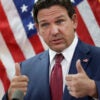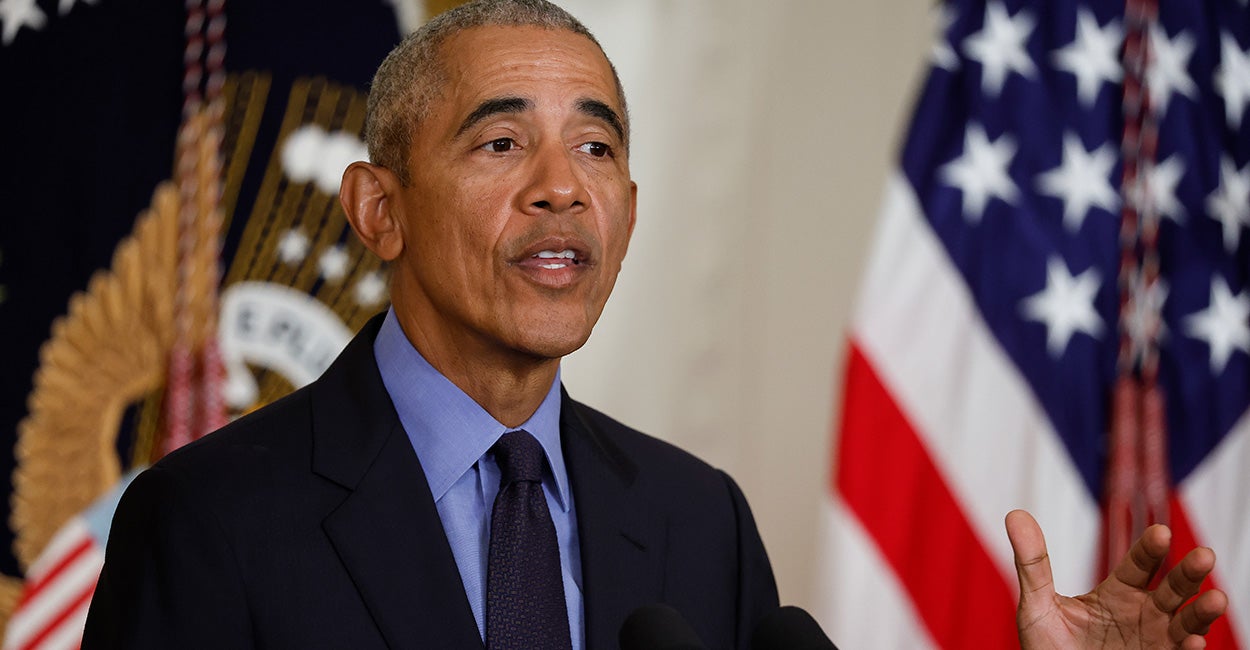In the 2018-2019 school year, the government-run schools in Washington, D.C., beat the government-run schools in every state in the union in at least one measurable category: They spent the most money per pupil.
That year, according to Table 236.75 published by the National Center for Education Statistics, the public elementary and secondary schools in our nation’s capital spent a total of $29,925 per pupil.
None of the 50 states came close to that.
The Daily Signal depends on the support of readers like you. Donate now
New York came in second place in the 2018-2019 school year with $26,799 in per pupil spending—$3,126 behind the District of Columbia.
Connecticut placed third ($22,831); New Jersey placed fourth ($22,814); and Vermont placed fifth ($21,982).
This month, the National Center for Education Statistics published a new report on the revenues and expenditures of public elementary and secondary schools in the 2019-2020 school year. This report, however, did not specifically present the total per pupil spending for public schools in each of the states and the District of Columbia.
But it did list the “state, local, and federal revenues per pupil” utilized in each of the states and the District of Columbia. In this category, the public schools in the nation’s capital once again placed first with $30,082 in revenues per pupil. New York again placed second with $29,422 per pupil.
The national average was $15,711.
This new report also noted that in the District of Columbia in the 2019-2020 school year, the total “expenditures for public elementary and secondary education” were $2,862,000,000. These expenditures included what the report called the “current expenditures for public elementary/secondary education” as well as spending on construction, land and existing structures, equipment, interest on the debt, and other programs.
The District of Columbia’s public schools, according to the report, had 89,878 students in the 2019-2020 school year. Thus, their $2,862,000,000 in total spending worked out to $31,843 per pupil.
The out-of-state tuition at the University of Maryland, which sits just outside the District of Columbia, is $36,683. The out-of-state tuition and fees at the University of Nebraska are $27,002.
Thus, a year at the University of Nebraska (not counting room and board) would cost an out-of-state student less than a year in a D.C. public school costs taxpayers.
Are these public schools worth it? Not according to the National Assessment of Educational Progress tests.
In 2019, eighth graders in D.C. public schools scored an average of 250 out of 500 on the National Assessment of Educational Progress reading test. That was lower than the average score for eighth graders in any of the 50 states.
Only 23% of D.C. public school eighth graders scored at a level rated proficient or better in this reading test.
At the same time, eighth graders in D.C. public schools scored an average of 269 out of 500 on the National Assessment of Educational Progress math test. That tied them with eighth graders in New Mexico and Alabama but put them behind the eighth graders in the 48 other states.
As in reading, only 23% of D.C. public school eighth graders rated proficient or better in math.
In 2004, Congress created a limited school choice program for the nation’s capital city called the District of Columbia Opportunity Scholarship Program.
“The purpose of the program,” explains a Congressional Research Service report, “is to provide low-income parents residing in DC, particularly those with a child attending an elementary or secondary school that has been identified as one of the lowest-performing schools under DC’s accountability system, with ‘expanded options’ for enrolling their child in other DC schools.”
“For the purposes of the DC OSP,” says the report, “an ‘eligible student’ is a student who is a DC resident and comes from a household that is receiving assistance under the Supplemental Nutrition Assistance Program (SNAP) or whose income does not exceed either (1) 185% of the poverty line, or (2) for a household with a child participating in the DC OSP in the preceding year or under the DC School Choice Initiative Act while it was still in effect, 300% of the poverty line.”
With these restrictions on participation there are currently only 1,852 students enrolled in private schools using scholarships from the program, according to the program’s website.
And they do not get anywhere near the amount that the D.C. public schools spend per pupil.
“Scholarship amounts for school year 2022-23 are up to $10,204 for elementary and middle school, and up to $15,307 for high school,” says the program’s website.
Former President Barack Obama, who tried to end the D.C. school choice program, did not send his daughters to D.C. public schools. He sent them to Sidwell Friends, a private school that currently lists its tuition for pre-kindergarten through second grade at $47,200.
Congress should not merely preserve the D.C. school choice program, it should expand it. It should enact legislation directing that every parent of a school-age child in the nation’s capital be given a voucher equal to the total amount that the D.C. public schools spend per pupil. The parents should be given the power to redeem that voucher at any school they wish—public or private.
Primary and secondary education for children from Washington, D.C., would then become a model for the nation—rather than sitting at the bottom of the nation.
COPYRIGHT 2022 CREATORS.COM
The Daily Signal publishes a variety of perspectives. Nothing written here is to be construed as representing the views of The Heritage Foundation.
Have an opinion about this article? To sound off, please email letters@DailySignal.com and we’ll consider publishing your edited remarks in our regular “We Hear You” feature. Remember to include the URL or headline of the article plus your name and town and/or state.






























